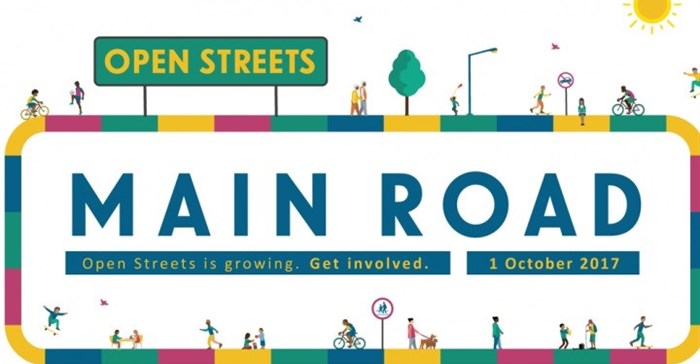
Top stories





Marketing & MediaKershnee Pillay promoted to Starcom MD; Publicis Media announces senior appointments
8 hours

More news




















Entrepreneurship
Mastering the art of business negotiation for SMEs

















The 5km stretch will encompass one of the city’s biggest road closures outside of a major sporting or cultural event such as the Cape Town Marathon, Cape Town Cycle Tour, or Cape Town Carnival. Closed to motorised vehicles, it will become an open space for pedestrians, cyclists, skateboarders, wheelchair users and other non-motorised transport users to move in safety. Details around times and what happens on the day will be decided in consultation with residents and business owners of these areas.
Says Marcela Guerrero Casas, managing director and co-founder of the non-profit organisation Open Streets Cape Town (OSCT): “The route features many well-known landmarks and permanent public spaces, opening up a world of possibilities for exploring, socialising, exercising and shopping.”
Consultation with the residents of the CBD, Woodstock, Salt River and Observatory will begin on 17 August 2017 with a Q&A session at Woodstock Town Hall at 6pm. All interested and affected parties are invited to attend, share input and get involved.
Open Streets Main Road builds on a local programme inspired by Colombia’s Ciclovía that the City of Cape Town has supported since inception. Open Streets Days have taken place in Langa, Observatory, Mitchells Plain, Bellville, and the CBD. Until now, however, the route has been no longer than 2km.
Says Marcela: “On 1 October, we will be taking a major step in expanding the programme. In Colombia, hundreds of kilometres of streets go car free every Sunday and public holiday. This is, of course, something we’d eventually like to see in Cape Town: an Open Streets route that brings communities together across many different parts of the city.”
Says Brett Herron, City of Cape Town’s mayoral committee member for transport and urban development: “Open Streets forms part of our strategy to transform transport behaviour in Cape Town and encourage people to become less dependent on private vehicles. Ultimately, what we need to do is close a major arterial road every Sunday, and allow people to move by foot, cycle, skateboard, rollerblade, or just play on the street without cars interrupting.
"A 5km closure along the main road starts to get us closer to building Open Streets into the fabric of Cape Town, creating a people-friendly network that connects different parts of the city without vehicles interfering.”
Connecting the southern suburbs between Cape Town and Simon’s Town, the M4 is an integral part of the lives of many Capetonians. It starts as Darling Street in the CBD and becomes Sir Lowry Road and then Victoria Road in Woodstock, before continuing as Main Road from Salt River to Simon’s Town station. From there it changes names three more times, before continuing as Main Road to its end near Smitswinkel Bay. Most Capetonians know it simply as “the main road”.
For most of its length, the main road runs parallel with Metrorail’s southern line and many of its surrounding communities are walkable. However, much of the road is dangerous and congested, especially during morning and afternoon peak.
“Residents have become used to vehicles racing and hooting on the stretch between the CBD and Observatory,” says Marcela.
Open Streets is the antithesis of this and shows there can be a ‘new normal’. It’s about using streets as shared space where people can move freely and safely.Between 2013 and 2017, OSCT hosted 12 Open Streets Days in five parts of Cape Town, attracting between 3,000 and 15,000 participants at each one. While colourful activities have brought these days to life, Open Streets can be a chance for mobility and experience the city in a different way.
Marcela concludes: “If the residents of the CBD, Woodstock, Salt River, and Observatory enjoy taking ownership of their section of the main road, who knows, maybe Open Streets Main Road will grow to connect further south and beyond!”